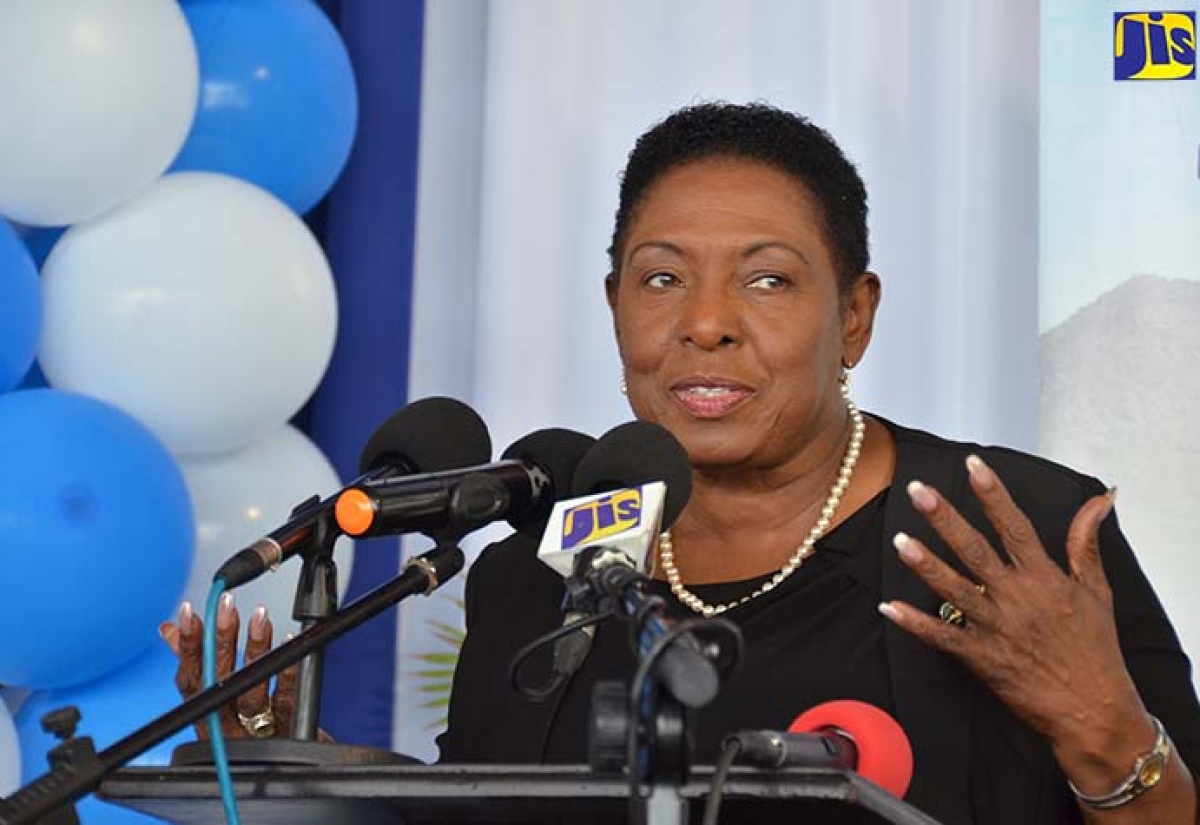Gov’t Strengthening Protection of Port Royal
By: , May 30, 2017The Key Point:
The Facts
- She said the intention is to develop the underwater city for tourism purposes.
- Port Royal was once called the richest and wickedest city in the world, and during the 17th century was the headquarters for buccaneers and pirates, who brought in much of the treasure they looted on the Spanish Main. By 1692, it had become an important economic centre, before it was destroyed by earthquake in June of that year.
The Full Story
Minister of Culture, Gender, Entertainment and Sport, Hon. Olivia Grange, says the Government will be strengthening the protection of Port Royal, through regular monitoring, research and documentation.
She said the intention is to develop the underwater city for tourism purposes.
“It is one thing to develop and another thing to ensure that it is protected, and that is our first call… to do what is necessary to have the underwater city protected. While we are doing that, we can develop our plans for tourism,” she said.
The Minister was addressing the opening of the World Heritage and Climate Change symposium held at The Jamaica Pegasus hotel in New Kingston on May 29.
She said the JNHT has been mandated to ensure that the nomination of the underwater city to the United Nations Educational, Scientific and Cultural Organisation’s (UNESCO) World Heritage List, is done by 2018.
The Blue and John Crow Mountains was inscribed on the World Heritage List in July 2015. Port Royal has been on UNESCO’s World Heritage tentative list since February 2009.
Chairman, Culture Advisory Committee, Jamaica National Commission for UNESCO, Laleta Davis Mattis, explained that the country is required to undertake work based on the tentative list.
“This is preparing the nomination dossier, setting up your expert committee, et cetera, for you to actually get nominated as a World Heritage Site. That is one of your first steps,” she pointed out.
Port Royal was once called the richest and wickedest city in the world, and during the 17th century was the headquarters for buccaneers and pirates, who brought in much of the treasure they looted on the Spanish Main. By 1692, it had become an important economic centre, before it was destroyed by earthquake in June of that year.
A large portion of the town sank into the sea, while about two fifths of the population died either in the earthquake or in the plagues and pestilences that followed.
Today, Port Royal is one of the most important archaeological sites in the Caribbean and the only sunken city in the western hemisphere.
Meanwhile, Minister Grange said the JNHT will be intensifying its maintenance programme for National Heritage Sites, and also be “expanding the communication and public education programme around the significance of local and international safeguarding measures for Heritage Sites”.


